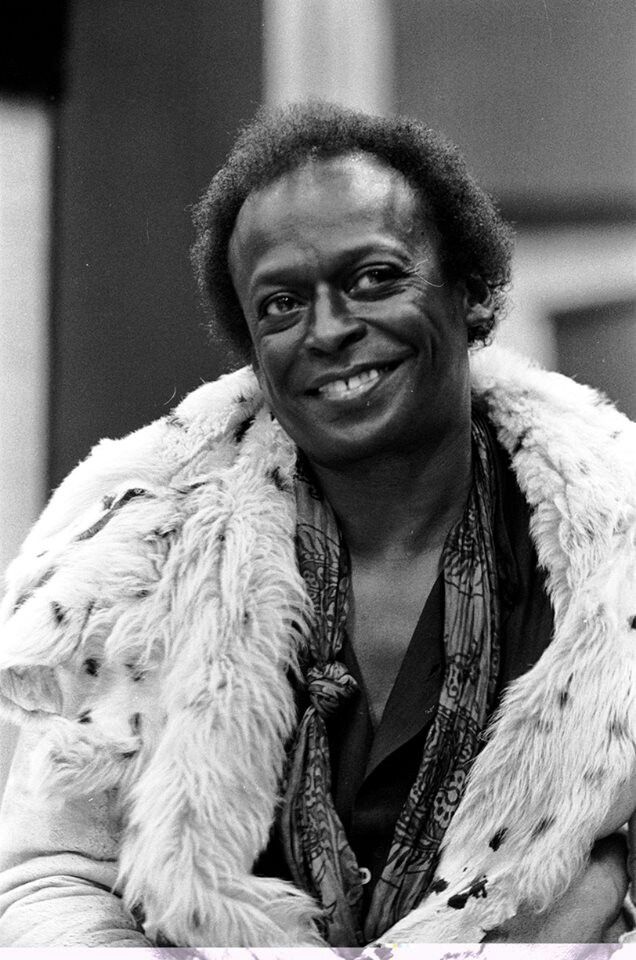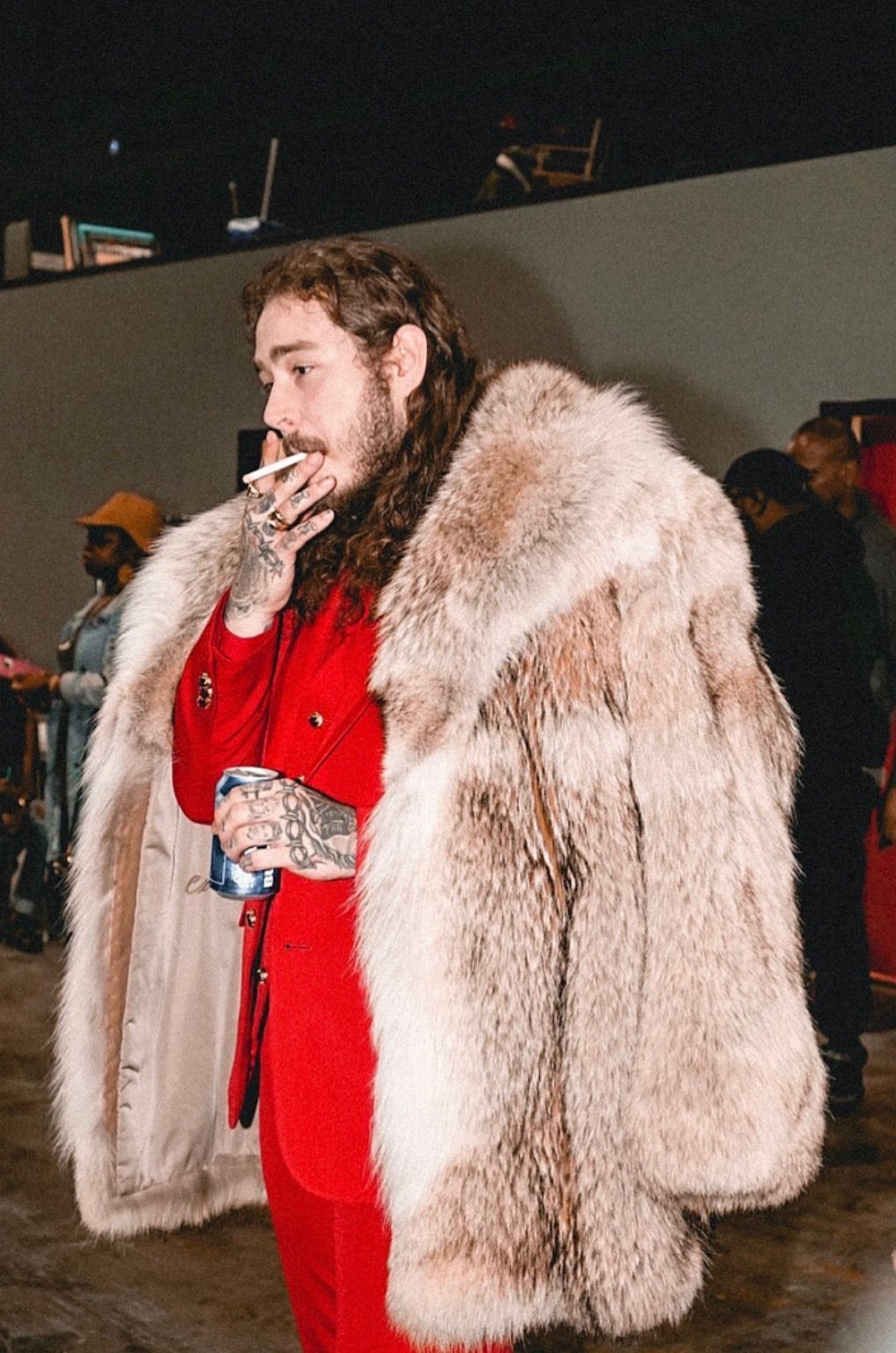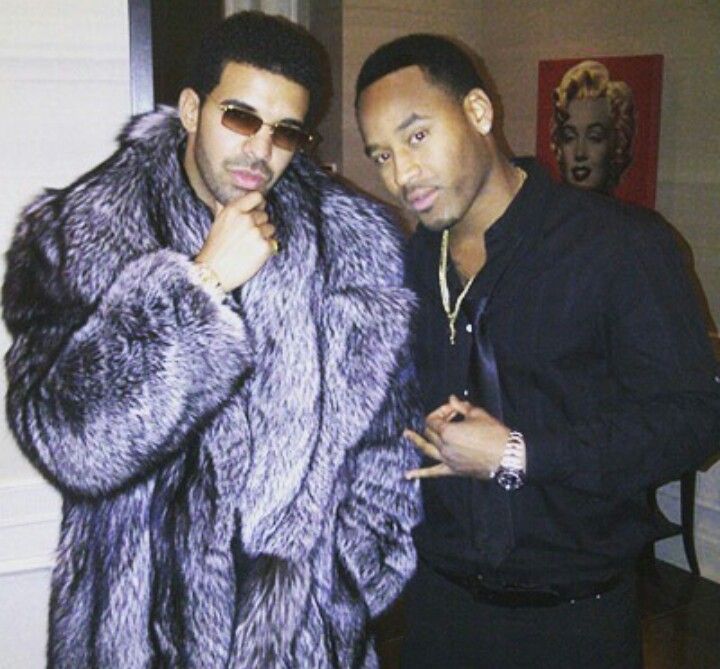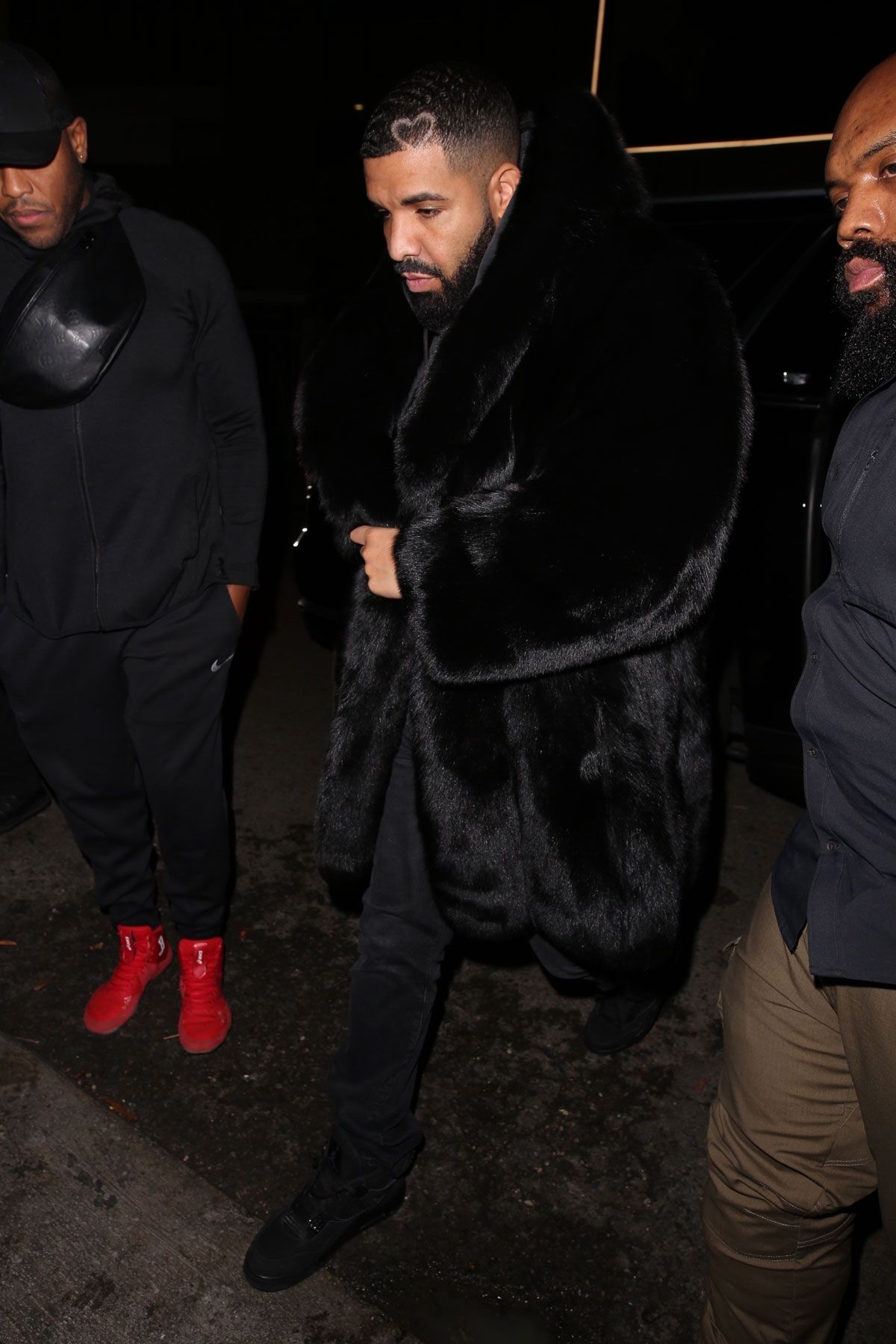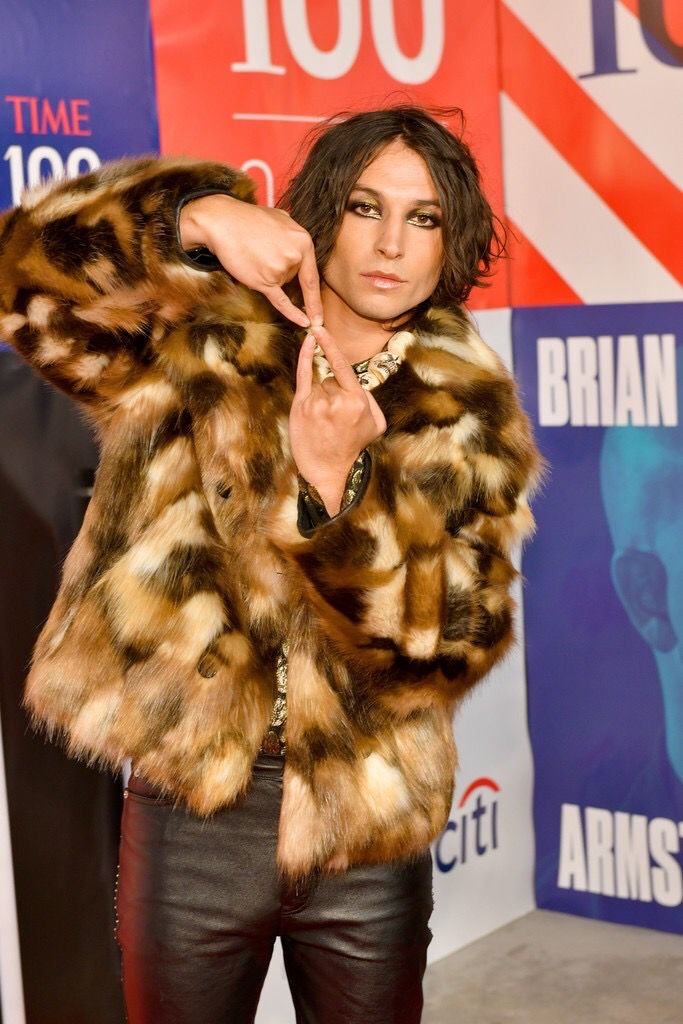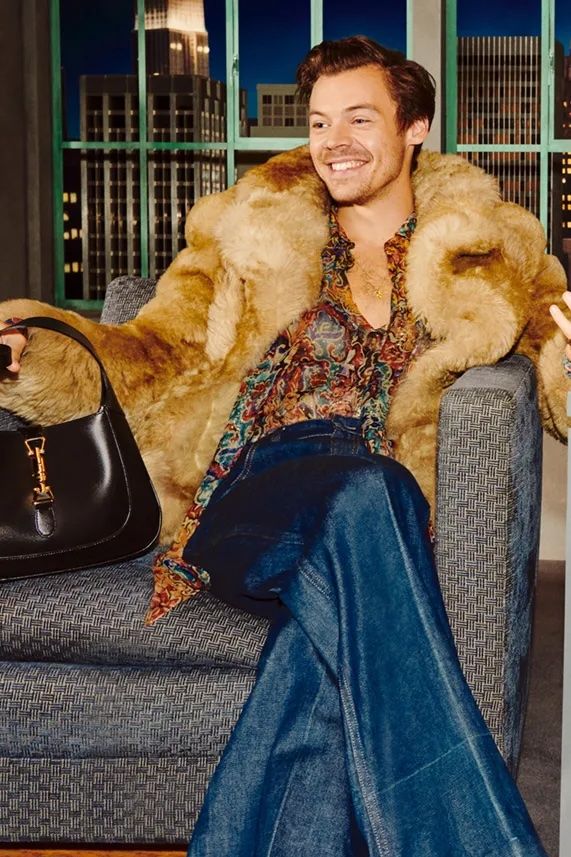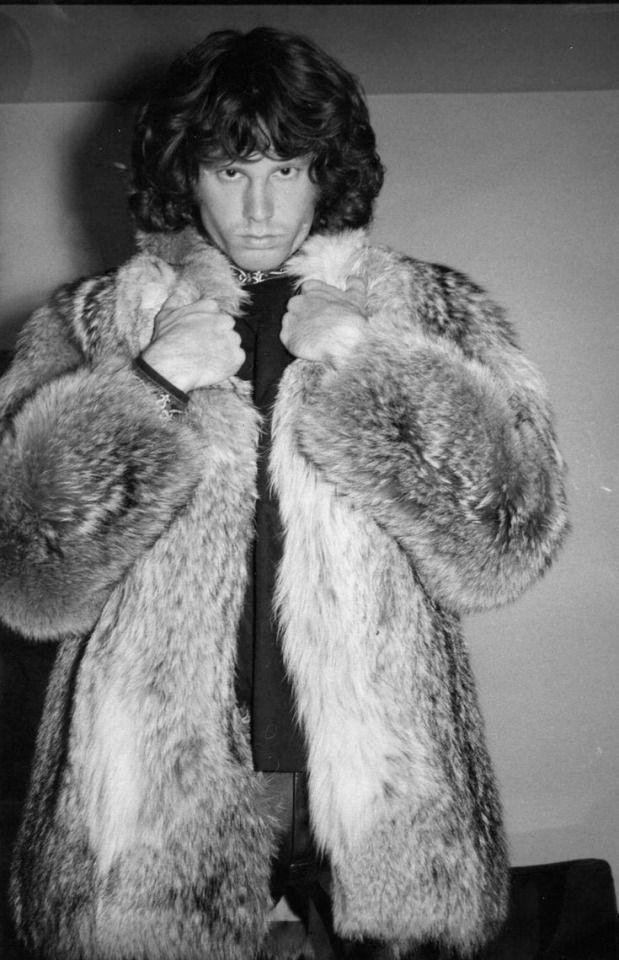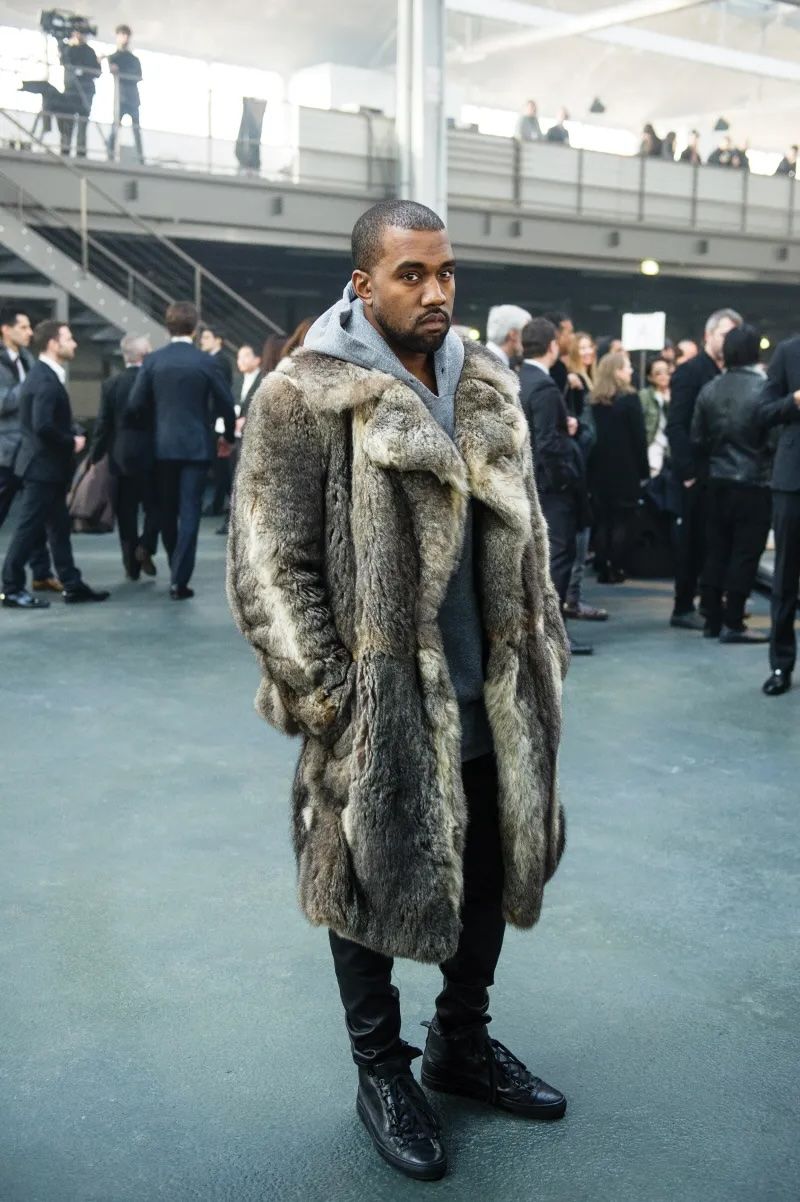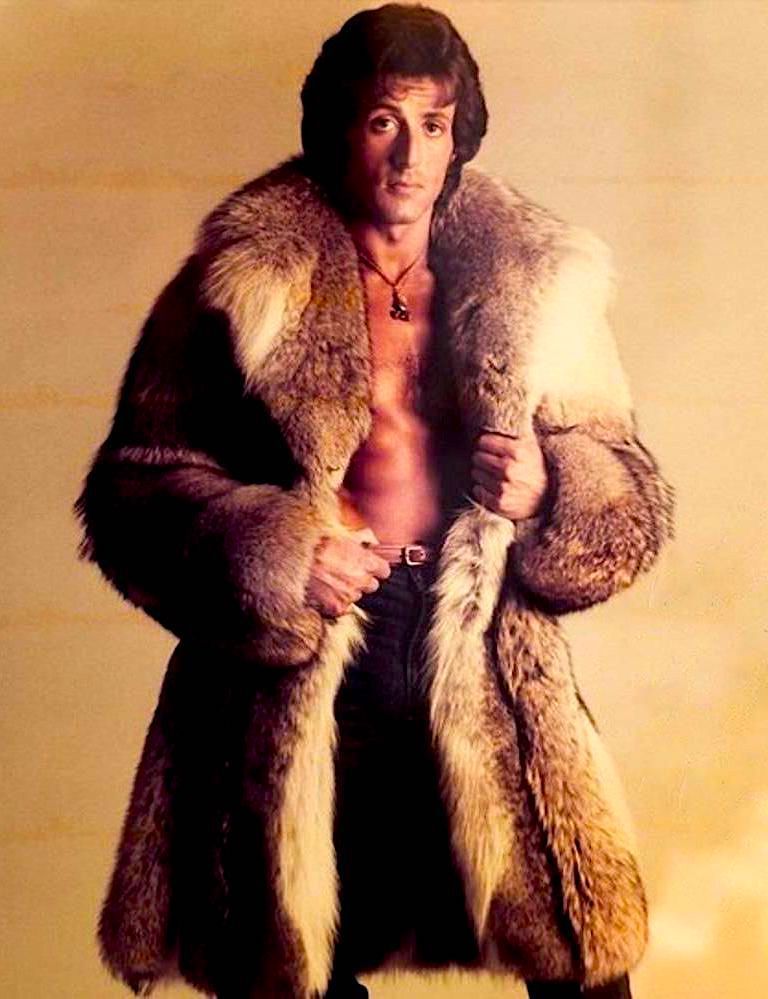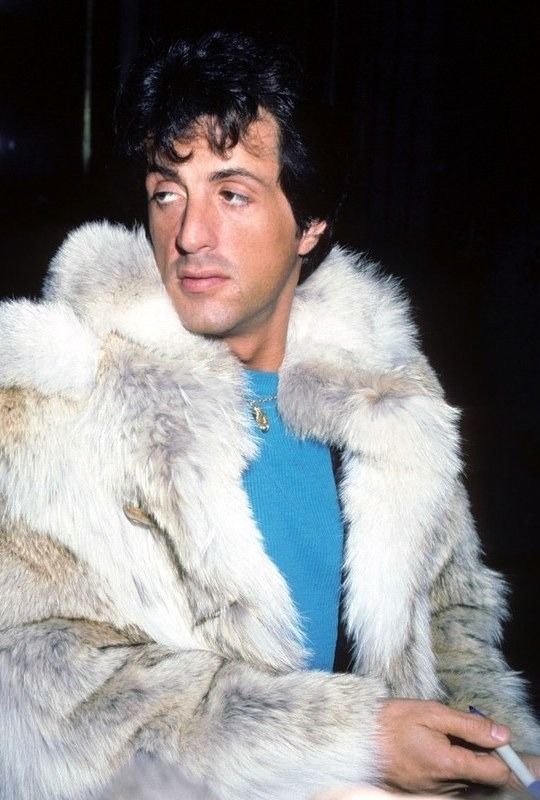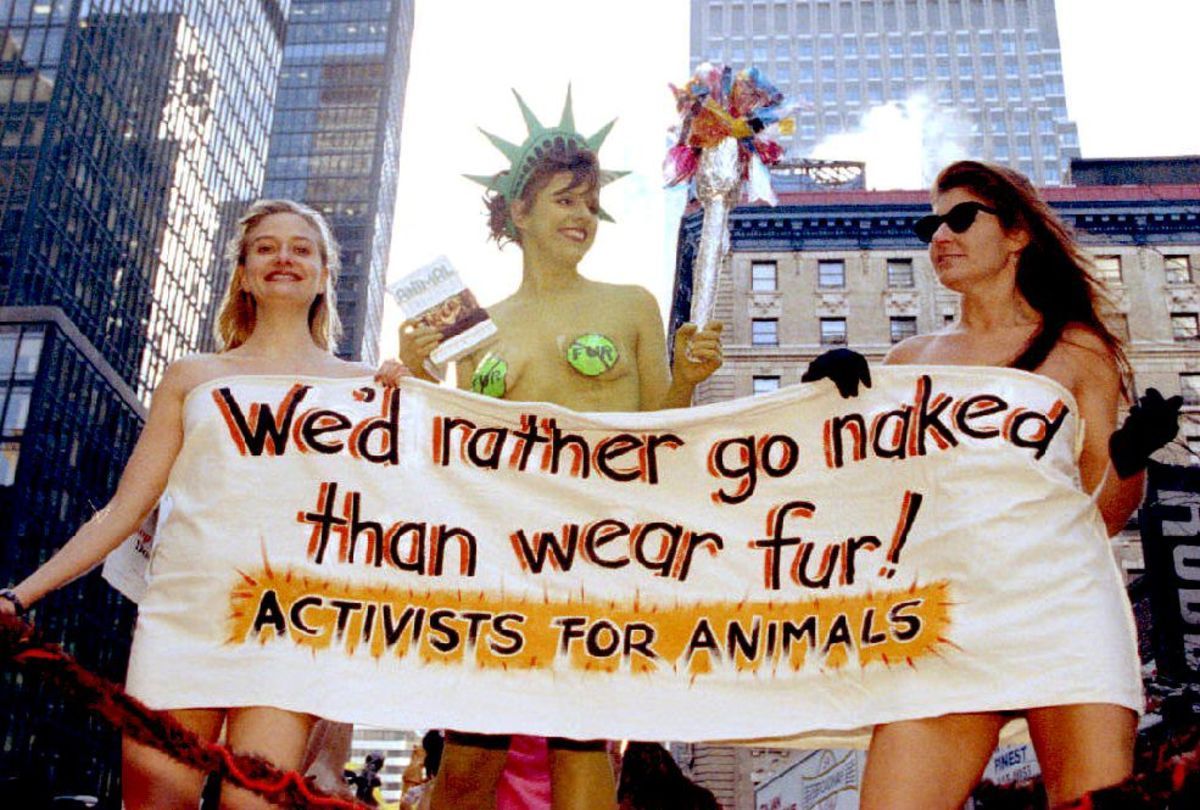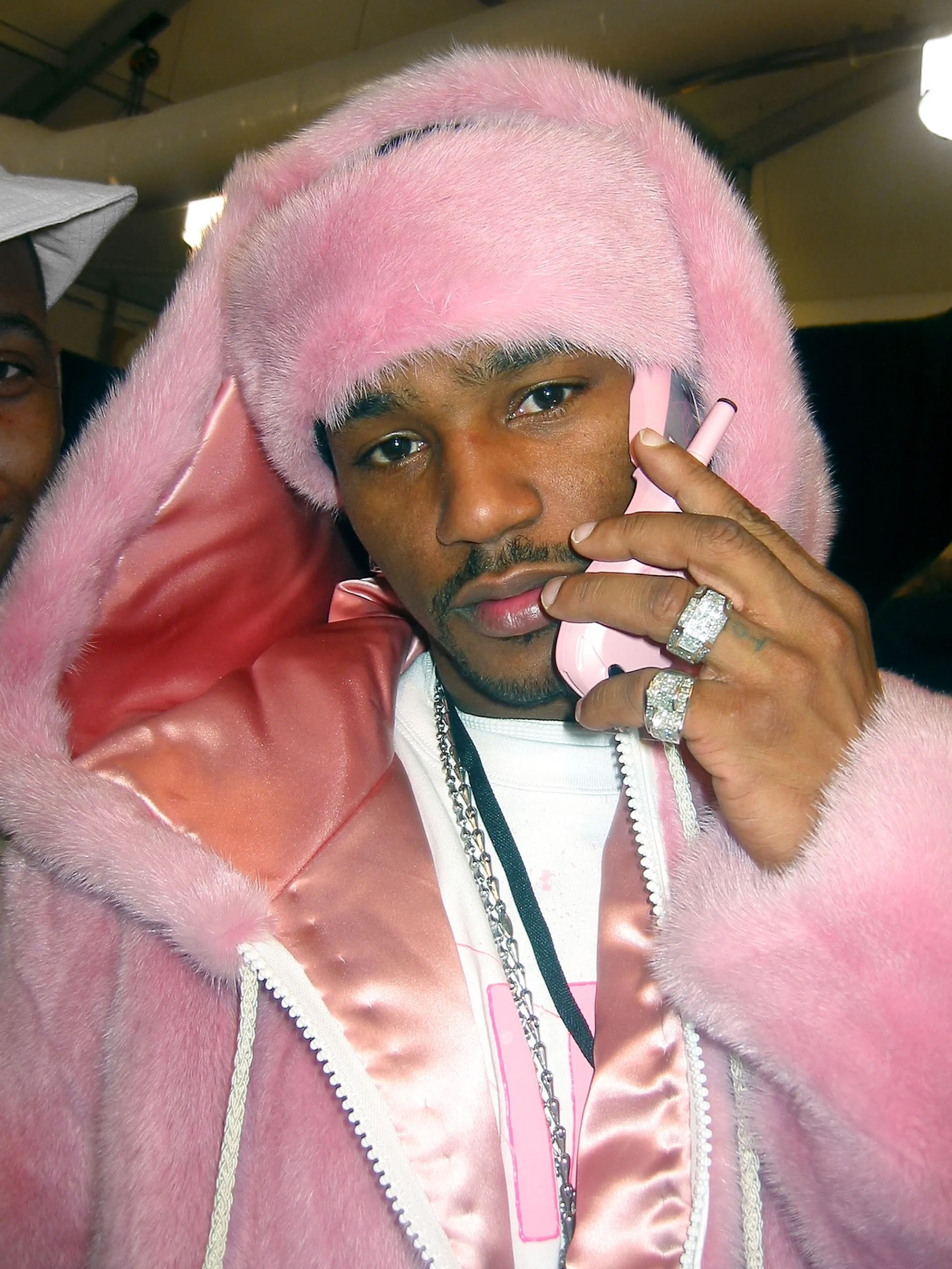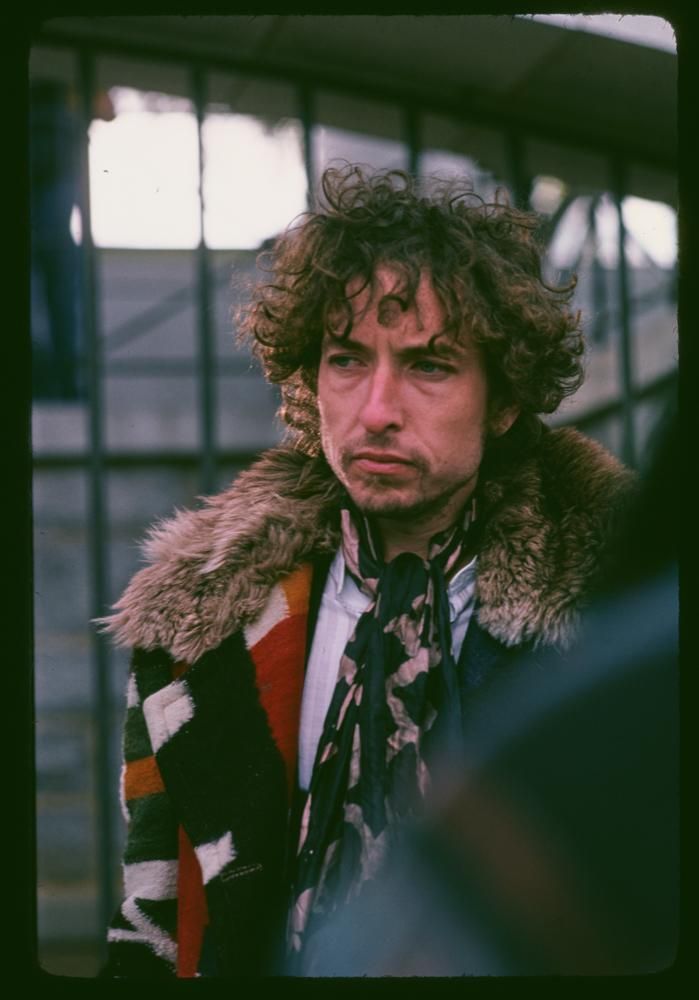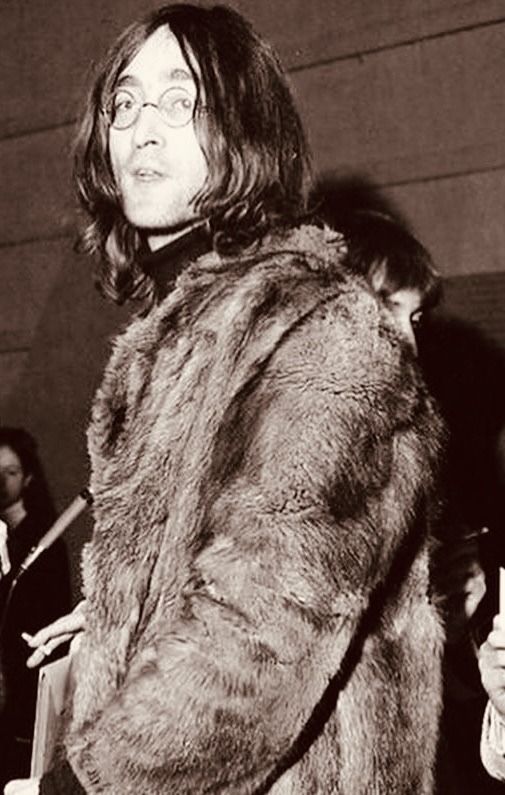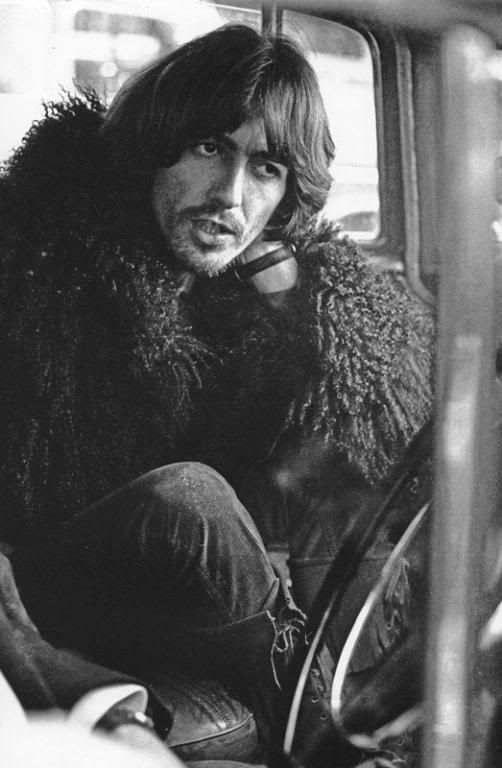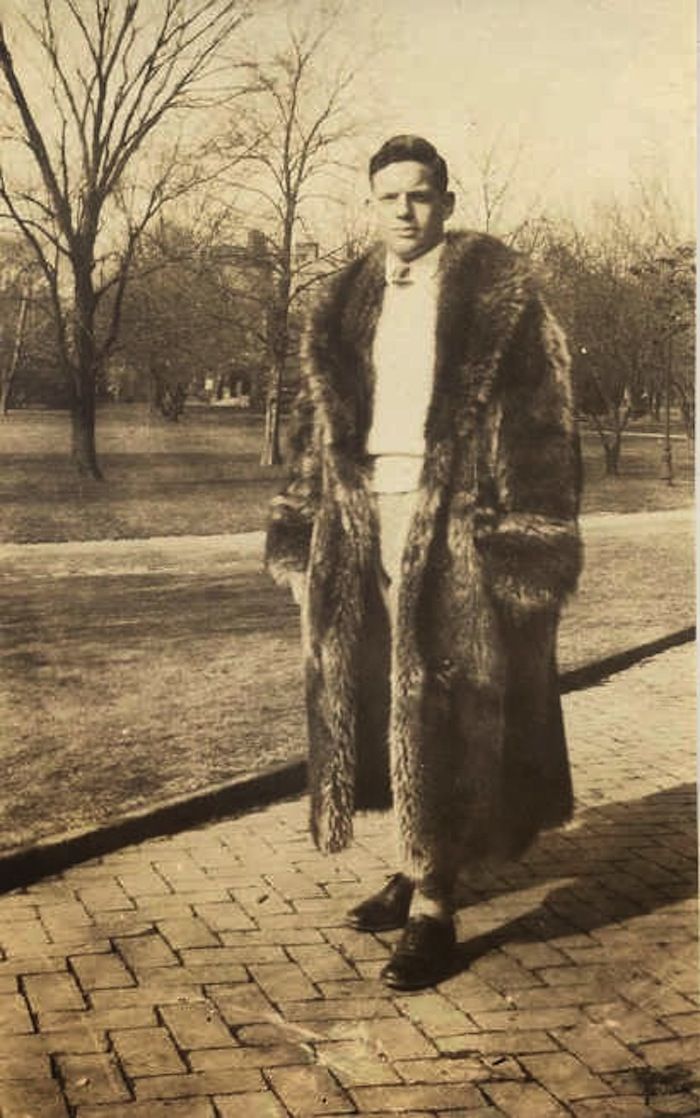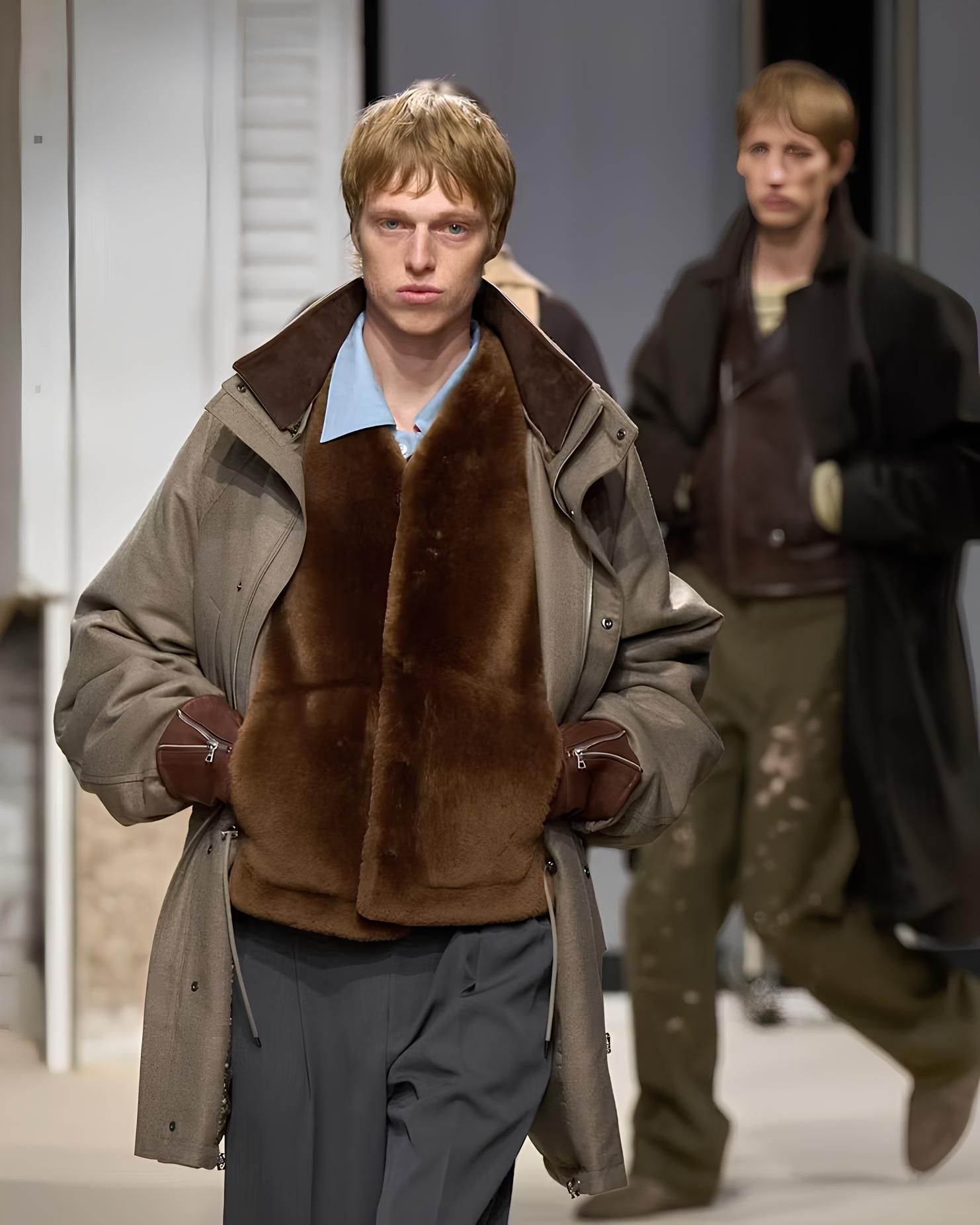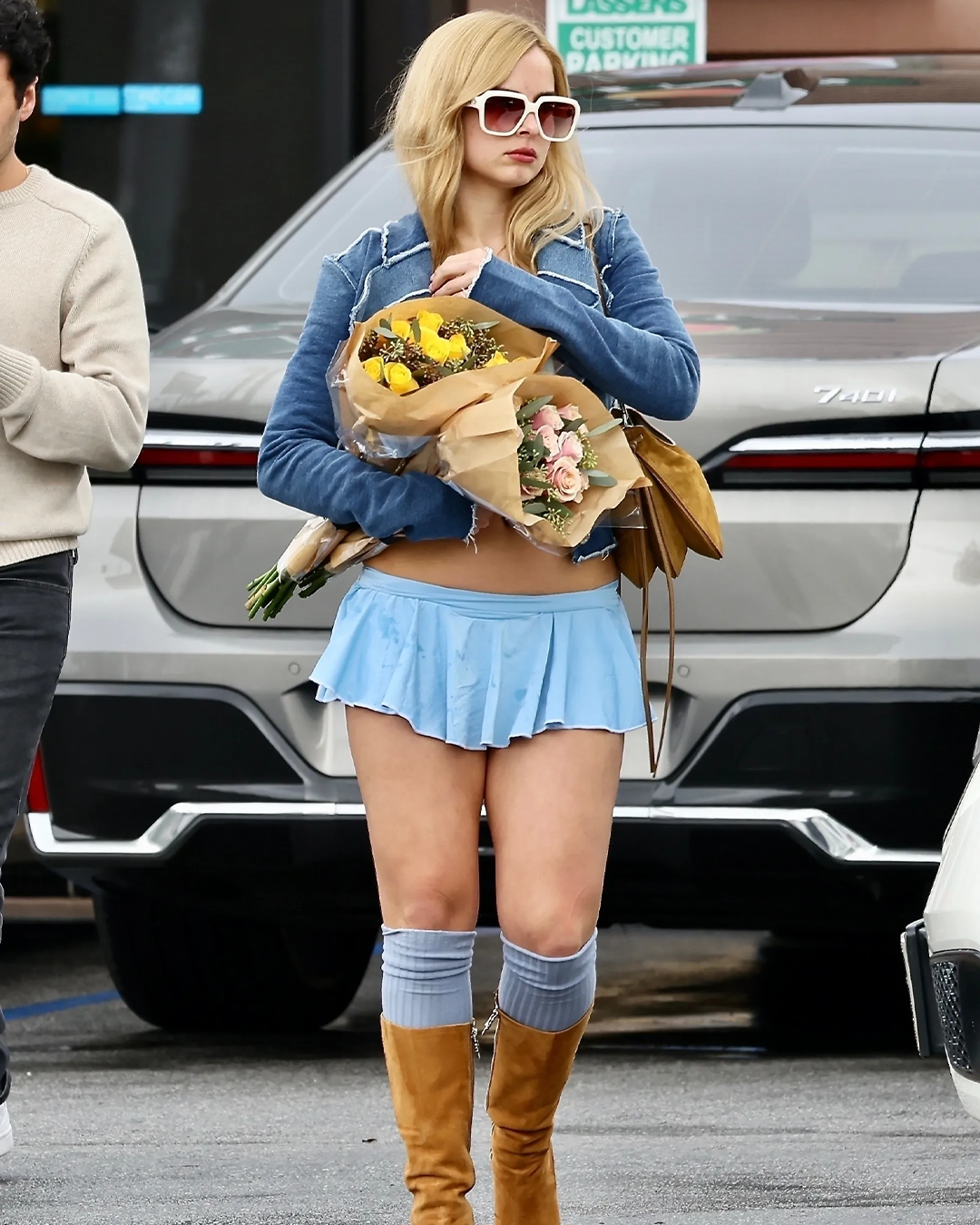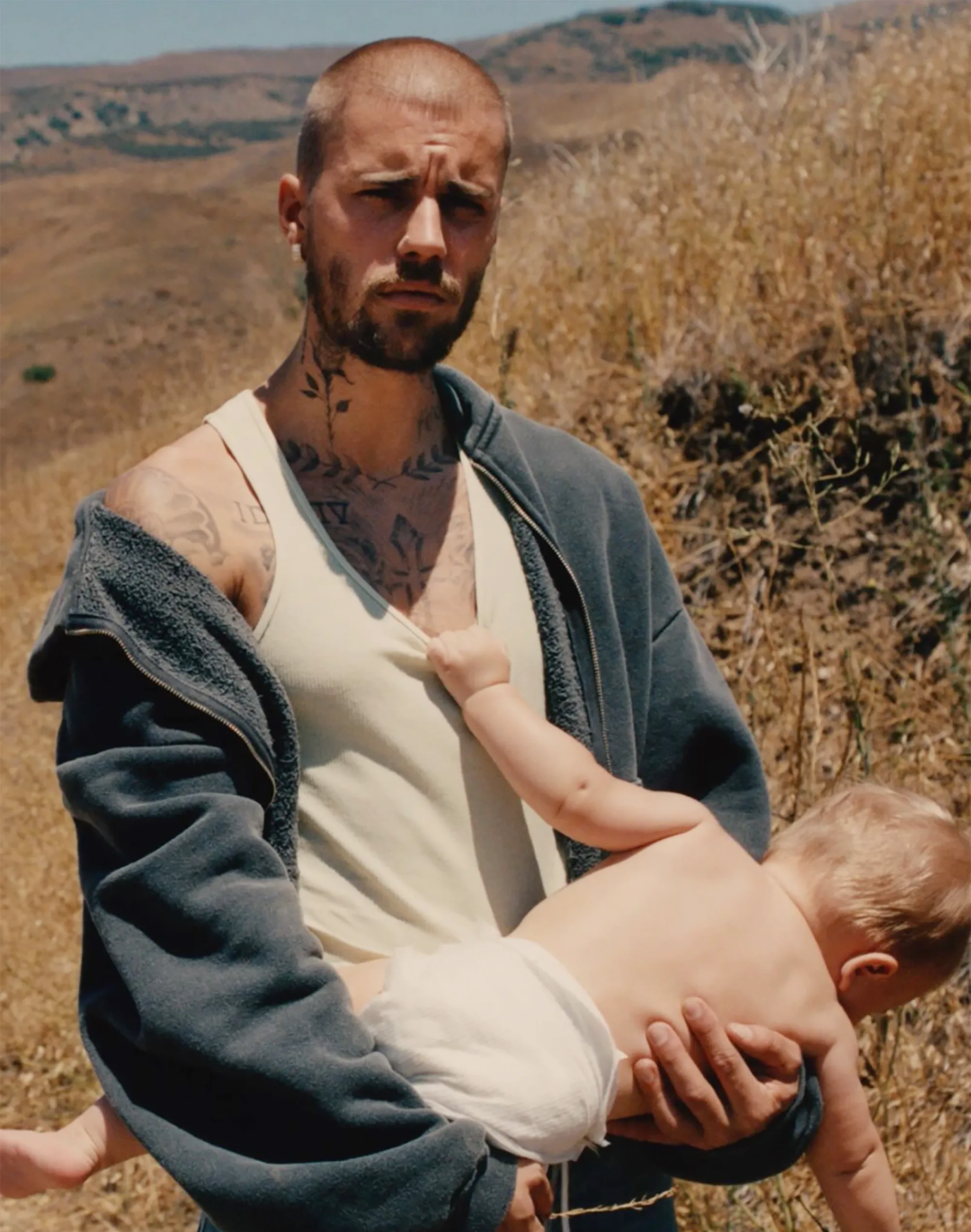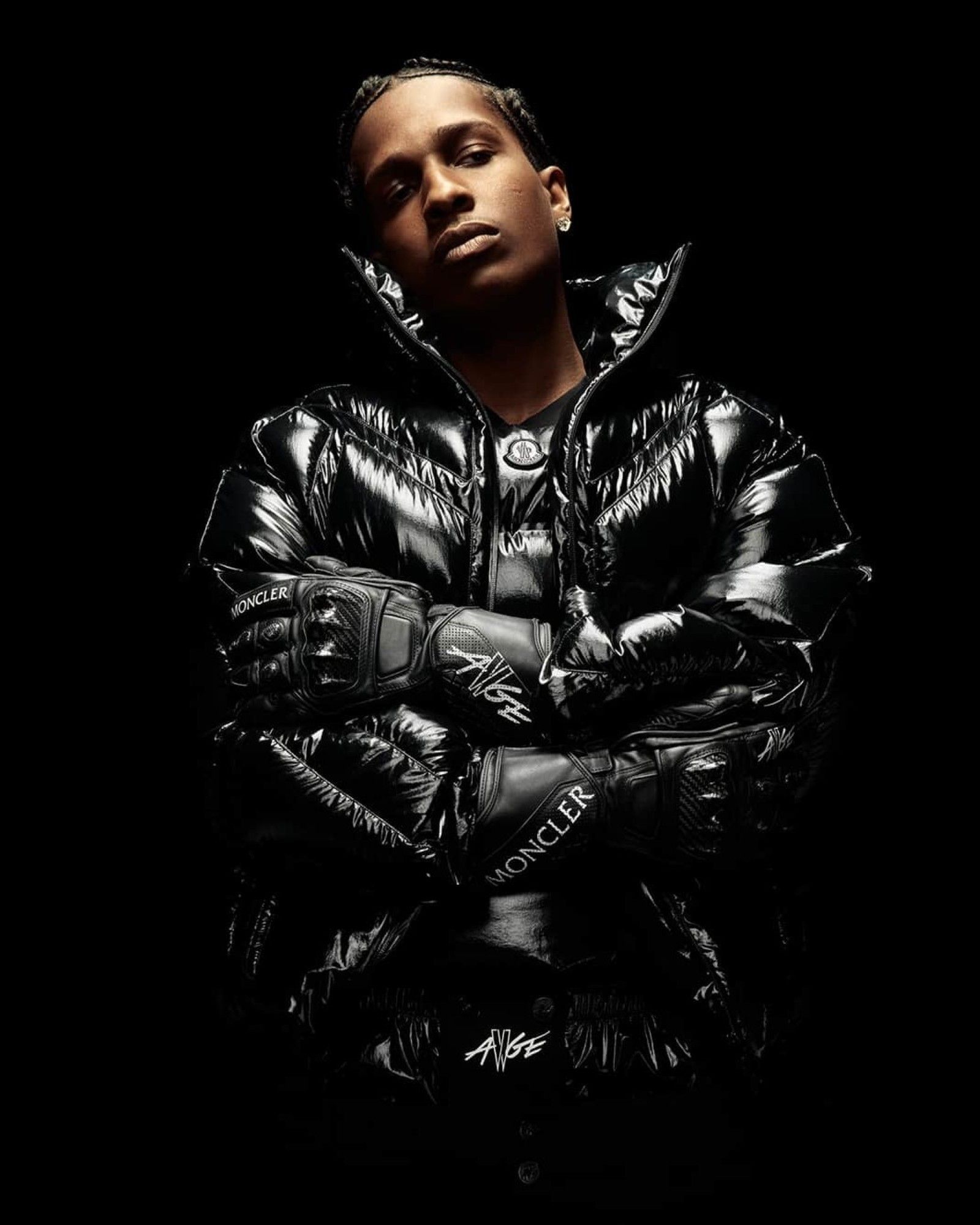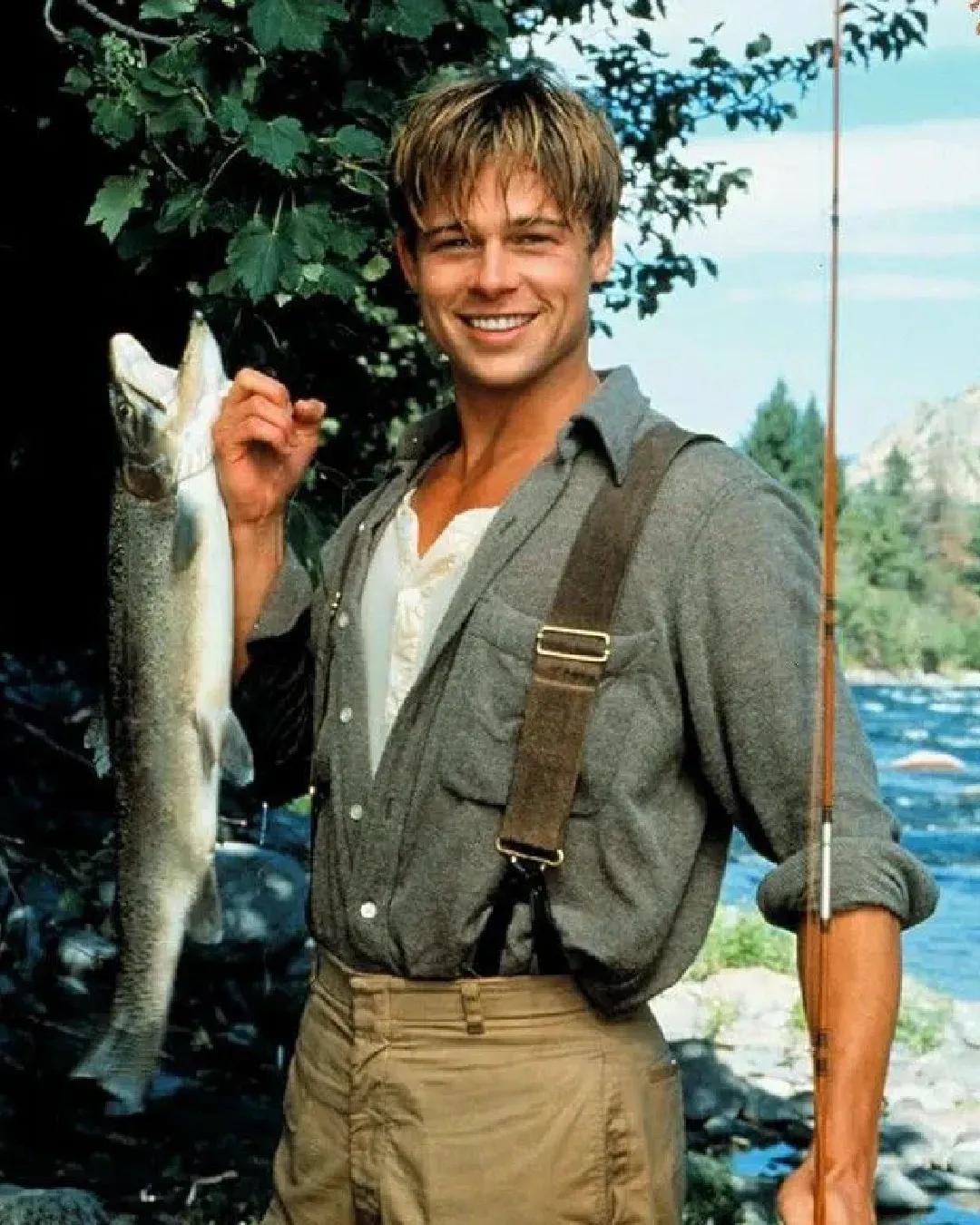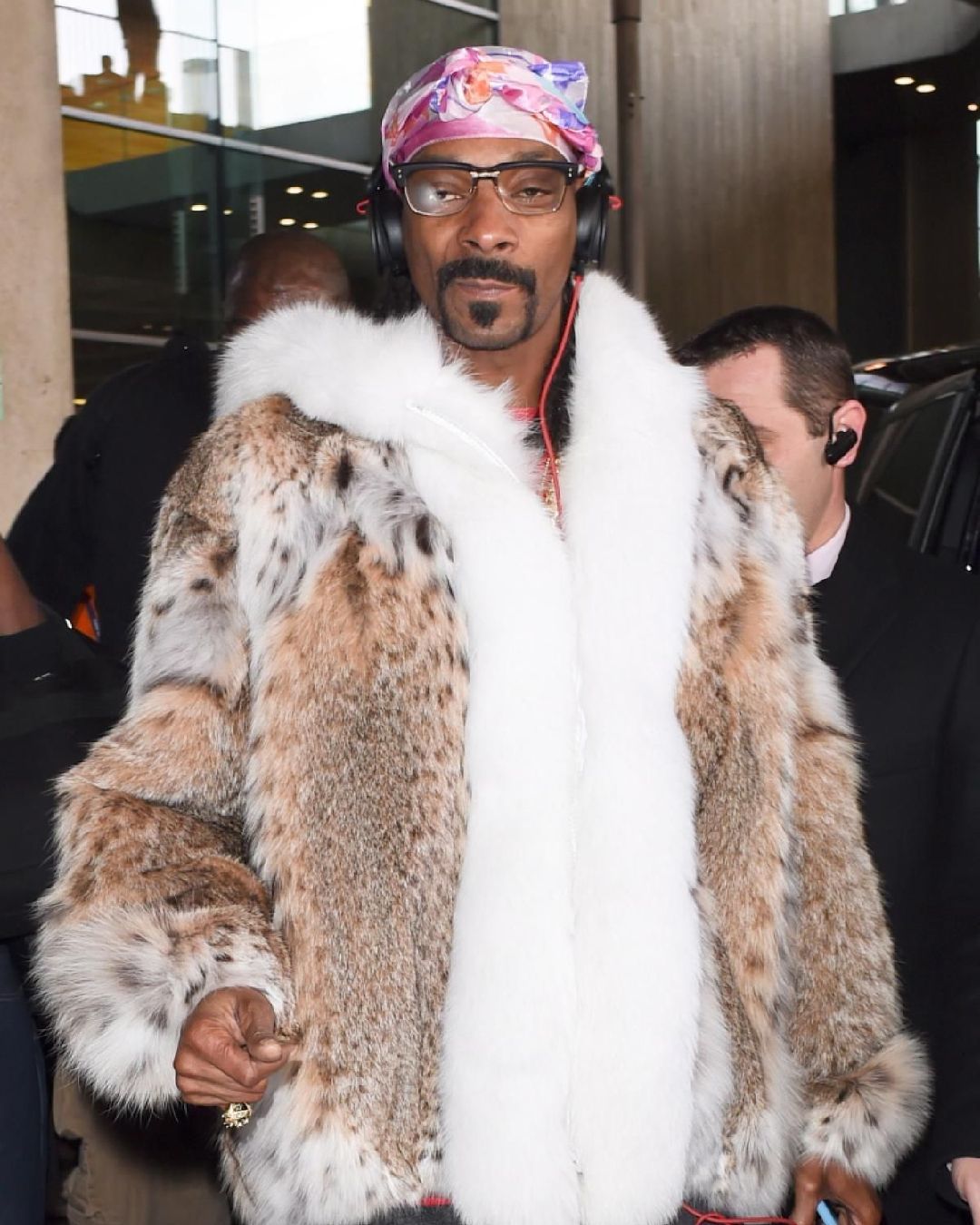
The history of men's fur coats From Ivy League to Drake
«I would rather go naked than wear fur,» declared the slogan of the PETA campaign led by Naomi Campbell and Cindy Crawford in 1994. Their bodies, devoid of any covering, left room for written words to discuss the points of a political and aesthetic manifesto on which fashion has been called upon to express itself multiple times. Whether it's mink, ermine, coyote, or other species, today the trendiest fur is synthetic or wool, despite carrying social meanings that deserve careful consideration. Especially when worn by men who have reinterpreted its codes and altered the storyboard.
Where does the trend of men's fur coat originate?
It all began in Egypt where only the royal family and high priests were allowed to use leopard fur to visually convey the power they held over their subjects. This elitist tradition, embraced by British nobility in the 13th century, survived intact until the 1920s when wealthy students from the Ivy League American schools began wearing Raccoon coats, weaving the fabric of what capitalism would bend into a marker of wealth inaccessible to the masses. However, it's thanks to this status symbol in clothing that the first intersection between fur and music unfolds: in 1929, singer George Olsen released the single Doing The Racoon, commenting - and perhaps criticizing - the opulence of the preppy high fashion promoted by Ivy League students.
Fur coats in jazz and rock history
In the 1930s, it was the era of jazz and swing - Miles Davis, Sammy Davis Jr., Lee Morgan, Duke Ellington began embracing the idea of building an identity that also passed through clothing. The furs worn by many jazz artists are also documented in the Institute of Jazz at Rutgers University, among a pile of records that include even receipts for purchases made from the '30s to the '80s. Instead of confining animal furs to the visual field of socio-economic distancing, jazz artists used them as a narrative pretext to tell a previously denied recognition. These codes, essentially linked to the culture and slang of the black community of those years, later migrated to the language of rock: Mick Jagger, photographed in a Fur Parka in 1964, sensed the potential of mixing high-heeled boots with fur. The subdued glamour of jazz artists was soon replaced by the camp of the Rolling Stones or David Bowie - confusion with the female gender became a breaking element with mainstream tradition.
Fur coats and rap music
In short, the history of men's clothing has recognized a social value to fur before an aesthetic one. The semantic grasp of this garment begins to fade in the '70s, precisely at the moment when activists and animal rights advocates' protests against fur use begin to undermine its appeal: the system proposes a synthetic version, mainly in polyester. Consequently, its perception undergoes reshaping, measuring itself against the prejudices and stereotypes spawned by blaxploitation films, where the garment is associated with pimps and delinquents from the black community. These are the years when Sylvester Stallone, setting aside gray sweatshirts and athleisure, gives us street style looks in soft white or brown furs. And in the '90s, fur returns to reconnect with music, naming hip hop and rap as preferred genres. Furs, in the form of references to jazz wave predecessors, become a response to racist representations in the media.
Cam’ron, in the midst of the 2000s, wears a pink mink fur whose styling seems to break down the fragile boundary between y2k and bling mc - "gorgeous gangster" in its synthesis released to GQ US. Three years later, in 2005, Snoop Dogg wears a dandy-proof suit with a flamboyant fur. To the list, of course, could not be missing Kanye West who, as hinted in the 2012 song Cold (“Tell PETA my mink is dragging on the floor”), flaunted furs at least until 2014. If the US rapper appeared at the FW14 Givenchy show in what looks like a rabbit fur, the coyote fur worn in 2016 by Justin Bieber on the streets of Los Angeles made headlines for being totally out of place considering the temperatures of Southern California. Following, although with different backgrounds and stories, are Asap Rocky, Drake, Ezra Miller, and Harry Styles as spokespersons for the controversial garment par excellence.
@hugo_hnn A super cute girl complimented my outfit #outfitinspo #tiktokfashion #mensfashion #furcoat Originalton -
Renowned Vogue US editor André Leon Talley, who wore furs, said that “to be aristocratic, you didn't have to be born into an aristocratic family” - fur, initially, was the most elitist and exclusive thing in circulation. Whether "real" or "eco," the reality is that today it no longer represents an exclusive garment or identifies with any community or subculture. Its evocative power, already diminished by the right (though debatable in the case of environmentally unsustainable synthetic fibers) choice to no longer produce animal furs, no longer constitutes a statement. At most, as happens in the world of post-truth, it acts as a recovery item: Gen Z rediscovers it on Pinterest, retrieves it from the family closet, and, in the worst case, seeks the perfect dupe among fast fashion shelves for TikTok fit checks. Furs, now, are just furs.










































